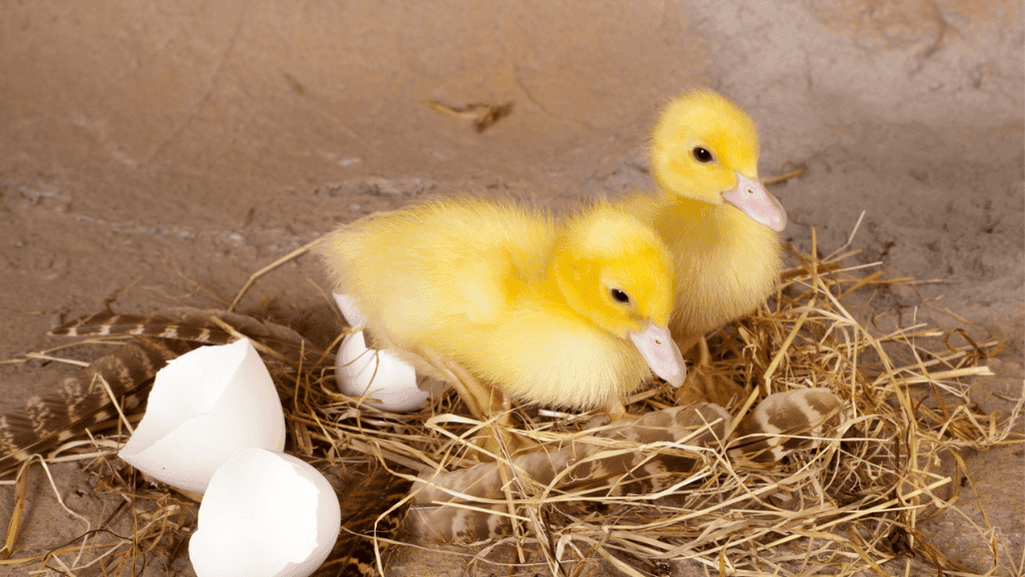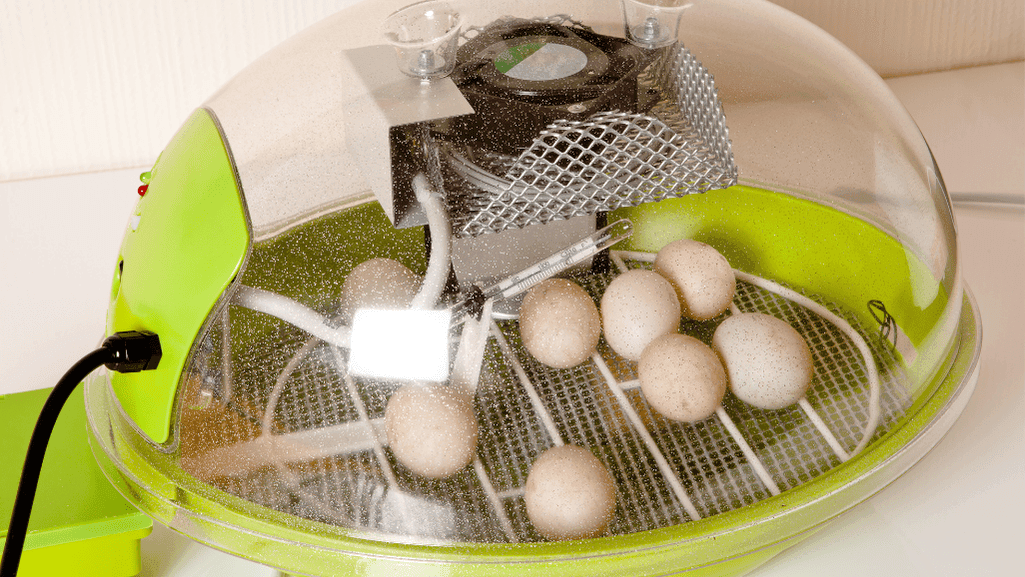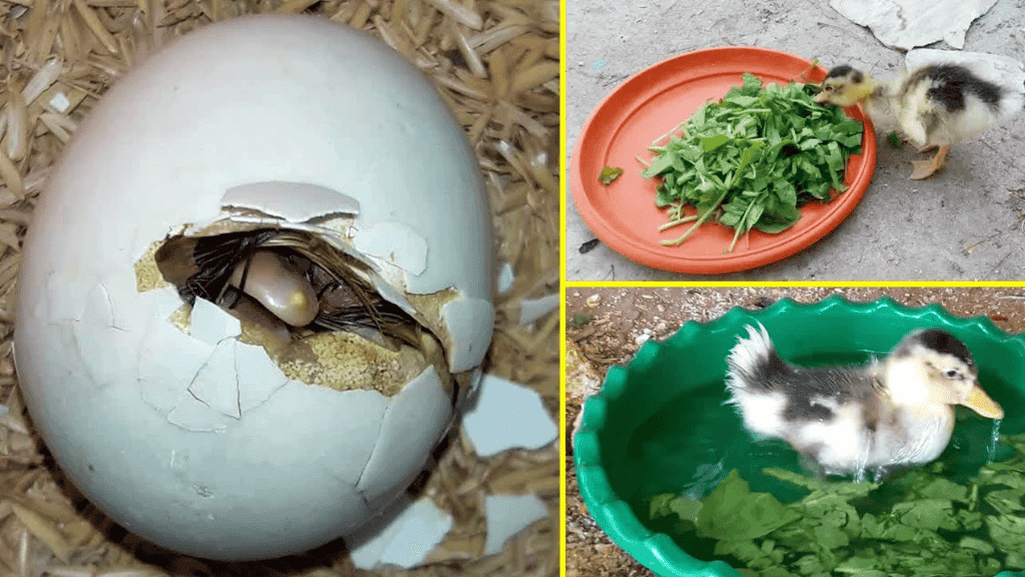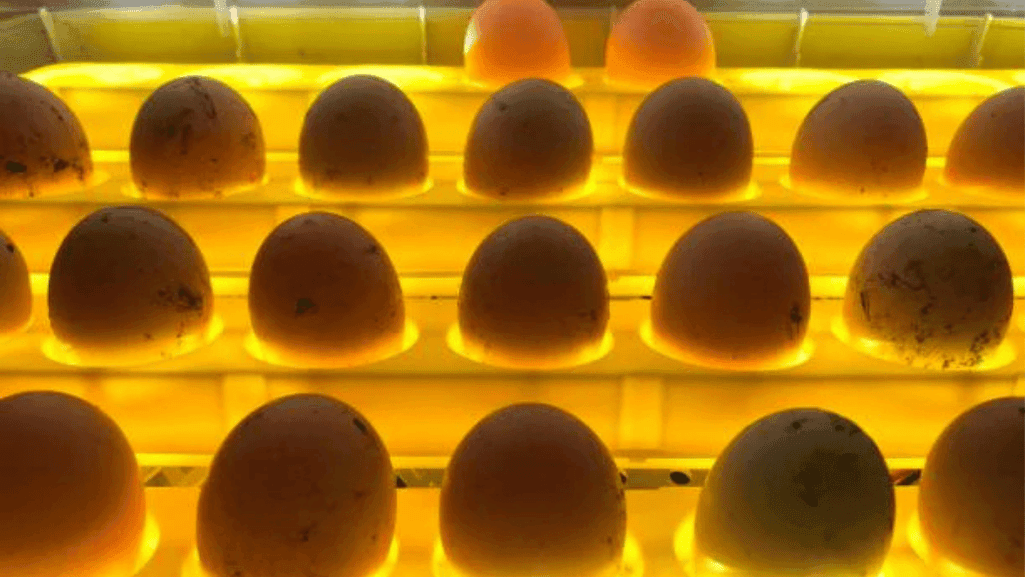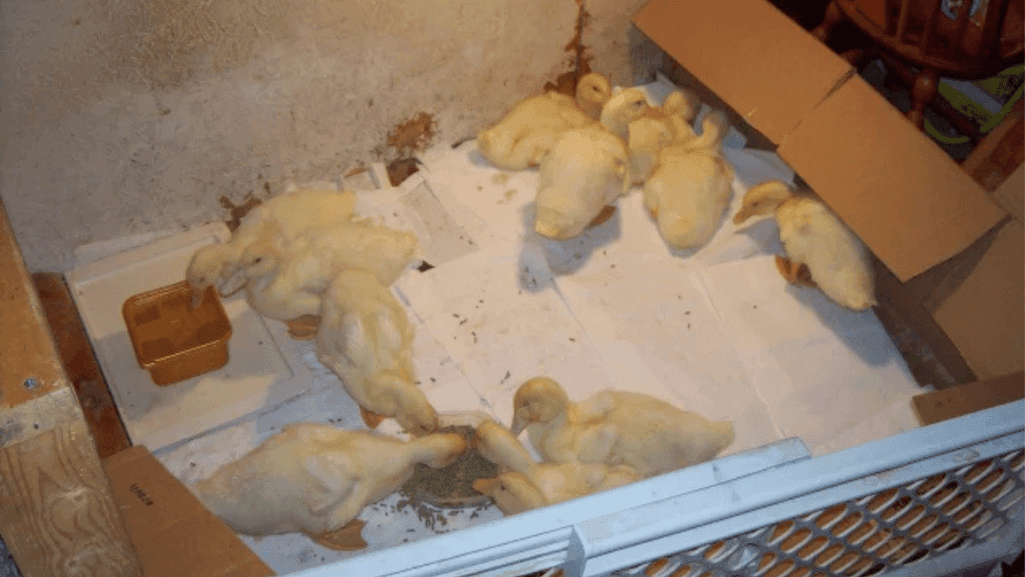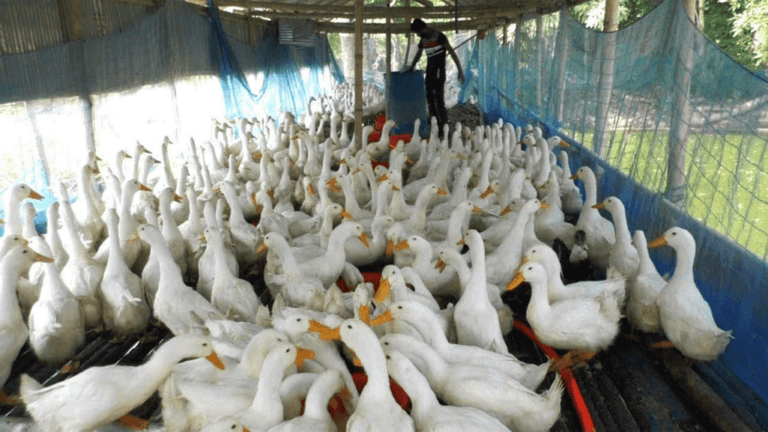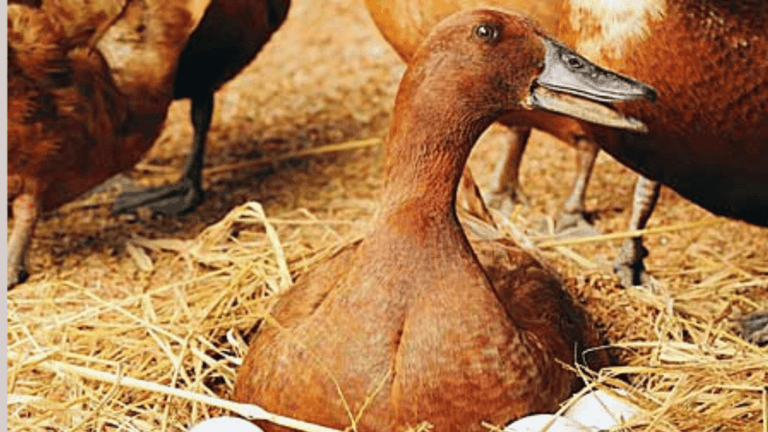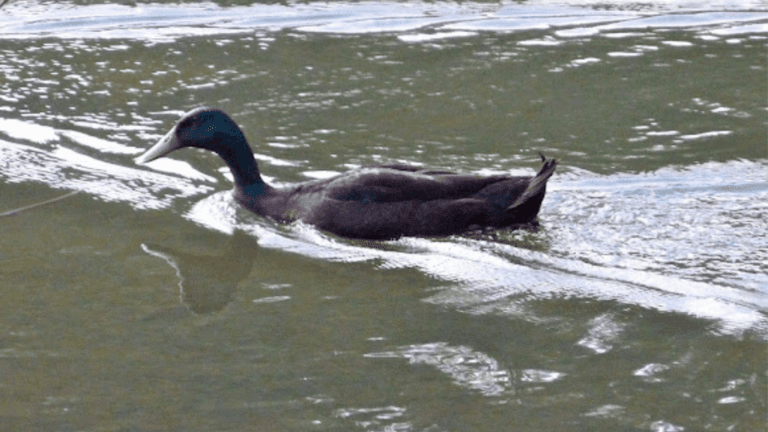Seeing a duck egg hatch into a fluffy duckling is truly amazing. It connects us to nature’s wonders. The duck egg incubation period is when the embryo grows and gets ready to come out. But how long does it take for duck eggs to hatch, and what affects this process?
Duck eggs usually hatch in about 28 days, but this can vary. Mallard ducks start hatching around 28 days, while Muscovy ducks might take up to 35 days. Remember, 28 days is just a guide. Heredity, humidity, how the eggs are stored, and the incubation temperature all play a role. Eggs can hatch up to two days early or late, whether in an incubator or under a broody hen.
The hatching process is a slow but exciting journey. It shows the duckling’s strength and determination. From the first pip to breaking free from the shell, it can take up to four days. Many hatches need at least 48 hours, as the duckling works hard to emerge.
To hatch healthy ducklings, it’s important to know the duck egg development stages. Keeping the right temperature, humidity, and turning schedule is crucial. Candling duck eggs during incubation lets you check on the embryo’s growth and spot any problems early.
Key Takeaways
- Duck eggs generally take 28 days to hatch, with some variations based on breed and incubation conditions.
- The hatching process can last up to three or four days, with many hatches taking at least 48 hours from start to finish.
- Factors such as heredity, humidity, storage conditions, and average incubating temperature can influence the hatching time.
- Understanding duck embryo development and providing optimal incubation conditions are crucial for successful hatching.
- Candling duck eggs during incubation helps monitor the embryo’s growth and identify potential issues.
Understanding the Duck Egg Incubation Process
The journey of incubating duck eggs is both delicate and fascinating. It requires precise conditions for a successful hatch. Keeping the right temperature and humidity is key to a healthy duckling.
The Importance of Proper Incubation Conditions
Consistent temperature and humidity are crucial for the best hatch rates. The ideal temperature is 99.5°F (37.5°C), with a slight drop as hatching starts. Humidity should be 55-58% for the first 25 days, then rise to 65%+ for the last days.
Turning the eggs 3-5 times a day is also vital. It prevents the embryo from sticking to the shell and ensures even heat. This is like what a mother duck does naturally.
The wonder of life begins with the perfect balance of temperature, humidity, and care during the incubation process.
Factors Affecting Incubation Time
The average incubation time for duck eggs is 28 days. However, several factors can change this:
- Duck breed: Mallard-derived breeds hatch in 28 days, while Muscovy eggs take about 35 days.
- Egg fertility: Fertilized eggs stored for up to two weeks can still hatch well.
- Incubator quality: Better incubators lead to higher hatch rates due to consistent conditions.
Other factors like the age and health of the parent ducks and genetics also affect hatching time. By understanding these and providing the best incubation conditions, you can increase hatchability and welcome new ducklings.
Incubation Period for Different Duck Breeds
Understanding the incubation period for various duck breeds is key for successful hatching in duck breeding. Most duck eggs hatch in about 28 days. However, different breeds have their own unique times.
Mallard Ducks
Mallard ducks, a common wild breed, hatch in 28 days. They are adaptable and resilient, making them popular. For mallard duck eggs, a temperature of 99.5°F (37.5°C) is needed for best hatching.
Muscovy Ducks
Muscovy ducks, a unique waterfowl species, take longer to hatch. Their eggs need about 35 days, a week longer than most. This is because of their special traits from Central and South America.
Muscovy ducks are known for their excellent brooding abilities, with a single female capable of hatching 12-15 duck eggs naturally.
Pekin Ducks
Pekin ducks, a favorite in commercial farming, also hatch in 28 days. They are large, white, and grow fast. For Pekin eggs, keep humidity between 45% and 55%, increasing to 65% near hatching.
To hatch Pekin duck eggs well, keep them in a setter for 25 days. Then, move them to a hatcher on the 25th day. They stay there until they hatch on the 28th day. By following waterfowl egg incubation best practices, duck breeders can get healthy ducklings.
How Long Do Duck Eggs Take to Hatch?
The journey of a duck egg hatching is both fascinating and requires patience. On average, it takes 28 days for duck eggs to hatch. However, the time can vary based on the breed. For example, Pekin duck eggs usually hatch within 28 days, while Muscovy eggs might take up to 35 days.
Knowing the duck egg hatching duration is key to a successful hatch. It ensures the best care for your ducklings.
Average Hatching Time for Duck Eggs
The typical time for duck eggs to hatch is 28 days. But, several factors can affect this. For instance, eggs stored for 7 days before setting might see a 3% drop in hatchability. Eggs stored for 14 days could see a 10% drop.
Common duck eggs lose about 14% of their weight by the 25th day. Muscovy ducks can successfully hatch 12-15 eggs at once when used for natural incubation.
Signs of Successful Hatching
As the hatching timeline progresses, look for these signs of a successful hatch:
- The duckling breaking through the inner membrane and entering the air cell (internal pip)
- A small crack appearing in the eggshell (external pip)
- The duckling slowly rotating around the egg, cracking the shell in a process called zipping
- The duckling finally pushing its way out of the shell
Seeing these signs is an exciting moment for those waiting for new ducklings.
Troubleshooting Hatching Issues
While the hatching timeline is usually consistent, issues can happen. If hatching seems slow or a duckling appears stuck, it’s tempting to help. But, it’s important not to intervene too early.
Ducklings usually hatch on their own. Premature help can disrupt their natural process.
Patience is key when it comes to the duckling hatching timeline. Trust in the natural process and resist the urge to intervene unless absolutely necessary.
By understanding the average hatching duration, recognizing signs of successful hatching, and knowing when to step in, you’ll be ready to support your ducklings as they start their new lives.
Caring for Duck Eggs During Incubation
It’s very important to take good care of duck eggs during incubation. This helps ensure they hatch successfully. Keeping the right conditions and watching the eggs grow helps create a healthy environment for the embryos.
Maintaining Optimal Temperature and Humidity
Keeping the right temperature and humidity is key for duck eggs. The ideal temperature is 99.5°F (37.5°C). The humidity should be 55-60% for the first 25 days. Then, it should go up to 65-70% to get ready for hatching.
It’s important to keep an eye on the incubator’s settings. A good incubator with exact controls can really help your eggs hatch better.
Turning and Positioning Eggs
Duck eggs need to be turned often to prevent sticking. Turn them at least four times a day. Or, if you have an automatic turner, make sure it works right. Turning helps the embryo get the nutrients it needs.
When placing eggs in the incubator, put the big end up and the small end down. This helps the air cell form at the big end, which is important for hatching.
Candling Duck Eggs to Monitor Development
Candling means shining a light through the egg to see how the embryo is doing. It lets you check on the eggs and spot any problems. Do it gently and not too often, like around day 7 and day 21.
Look for these signs of healthy growth when candling:
- Day 7: A network of blood vessels and a small embryo
- Day 14: The embryo should take up about half the egg
- Day 21: The embryo should fill most of the egg, with a big air cell at the top
By watching the eggs grow through candling, you can find and remove bad eggs. This keeps the good eggs healthy and boosts your chances of successful hatching.
Preparing for the Arrival of Ducklings
As the hatching day gets closer, it’s time to get ready for your ducklings. Creating a cozy duck brooder setup is key for their health. It should be warm and safe for them.
For raising ducklings, a good heat source is vital. Use a brooder lamp or heat plate to keep the area at 90-95°F for the first week. Then, lower the temperature by 5°F each week until it’s room temperature. Make sure there’s good air flow to avoid humidity problems.
Use soft bedding like pine shavings or straw to keep the ducklings comfy. Avoid newspaper as it can harm their legs. Clean the bedding often to keep things clean and healthy.
“Ducklings are incredibly curious and active. Creating a stimulating brooder with plenty of space to explore and play will help them thrive.” – Duck enthusiast and experienced breeder
Water is crucial for caring for ducklings. Use a shallow dish for them to clean their bills and nostrils. But, make sure it’s not too deep for swimming until they have feathers.
Give them a special starter feed that’s high in quality and unmedicated. Use a shallow tray or feeder for the feed. Keep it clean and dry to stop mold.
As they grow, they’ll need more room to move and exercise. Consider a secure outdoor area or duck nesting boxes for them to explore. Make sure it’s safe from predators and has shade and shelter.
Keep a close eye on your ducklings, especially in the first few weeks. Look for signs of illness like being tired, not eating, or weird droppings. If you notice anything wrong, act fast and talk to a vet who knows about poultry.
With the right care and preparation, your ducklings will grow up to be healthy and happy. They’ll bring joy and love into your life.
Conclusion
The journey from a fertilized duck egg to a fluffy duckling is truly amazing. It needs patience, knowledge, and the right care. By knowing how long different duck breeds incubate, keeping the right conditions, and getting ready for the ducklings, you can successfully raise ducks. Duck breeding and raising healthy ducks is possible.
The incubation period for Mallard-derived Magpie ducks is about 28 days. This can vary based on incubation temperature and genetic differences. Keeping the incubation temperature at 99.5°F and controlling humidity is key for good hatching. Candling eggs helps check on the embryo’s growth and when to start lockdown, usually around day 24 for Magpie duck eggs.
Proper egg handling, like turning and positioning, is vital for successful hatching. The main challenge in incubating waterfowl eggs is managing the cuticle status. This can be affected by spraying or chemical washing.
Whether you’re a backyard duck lover or a commercial farmer, hatching duck eggs is a rewarding experience. It shows the wonder of nature. With the right knowledge and techniques, you can hatch duck eggs and enjoy raising ducks. Giving them the best care and attention will help you create a happy, healthy flock of ducks.


